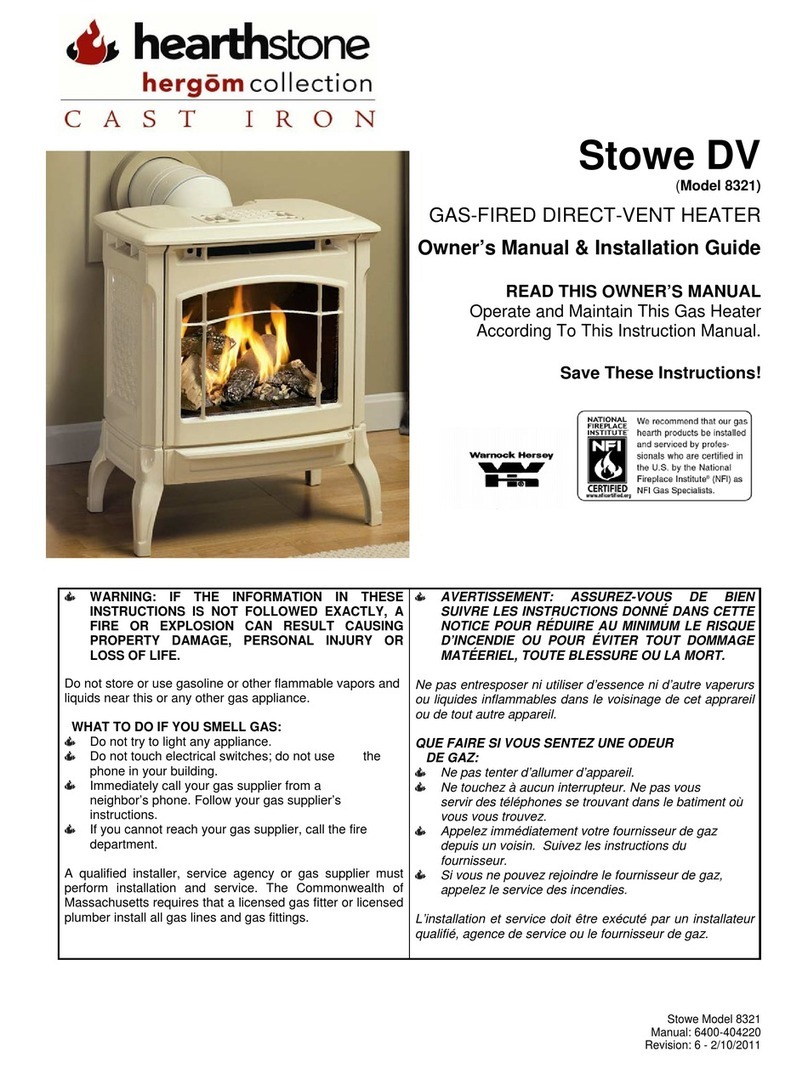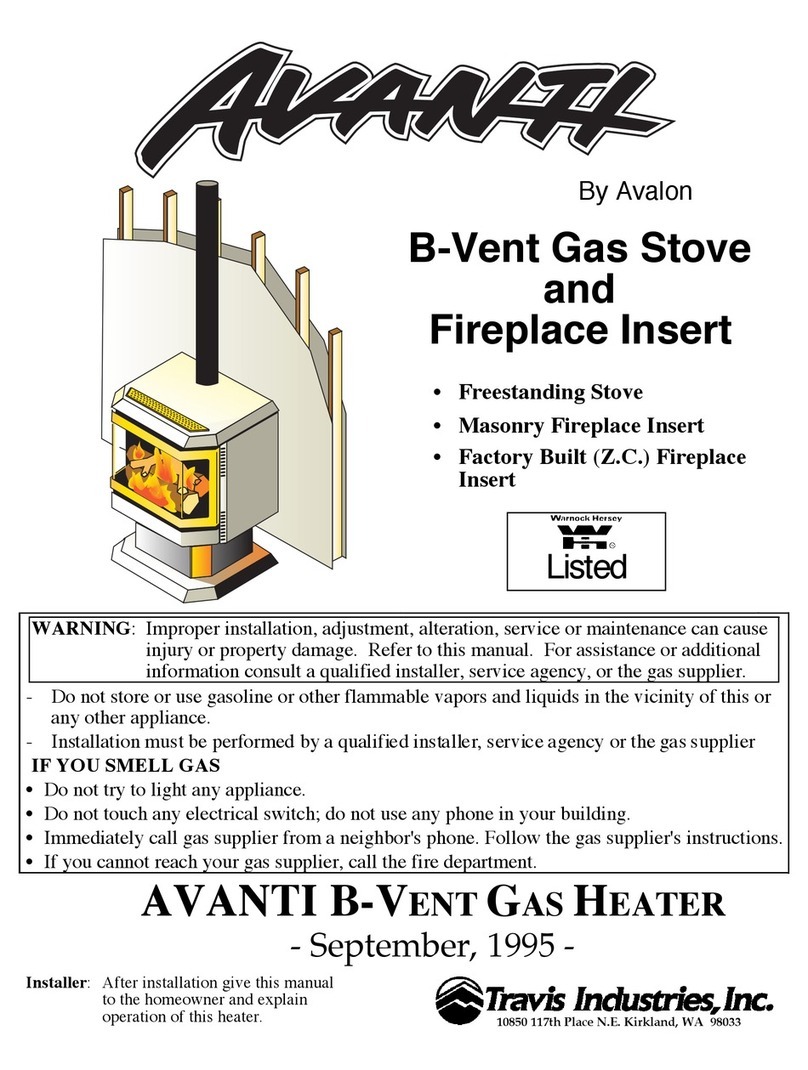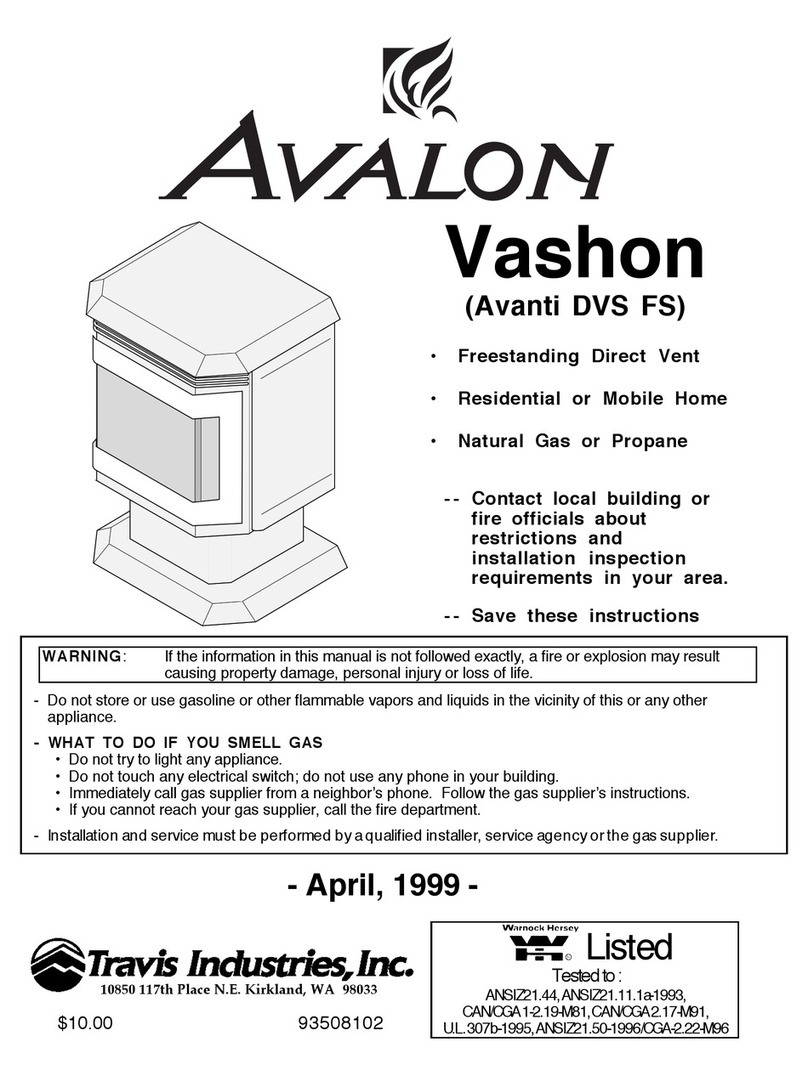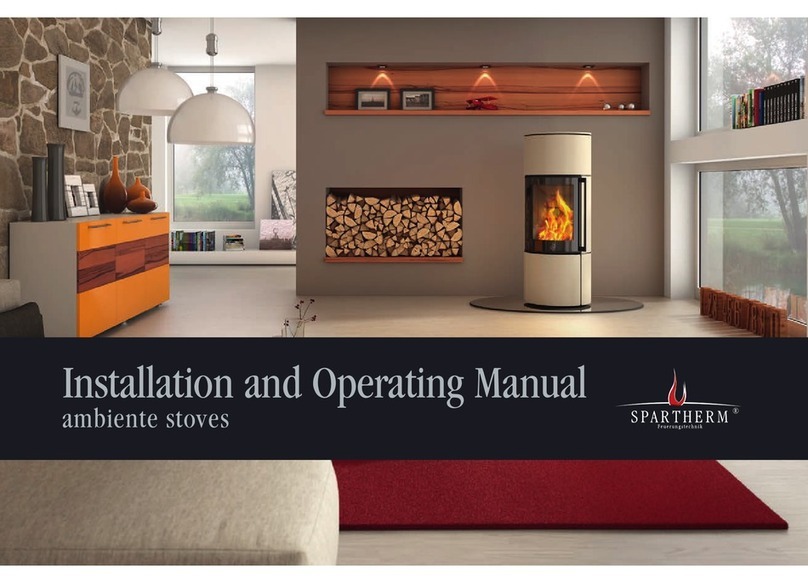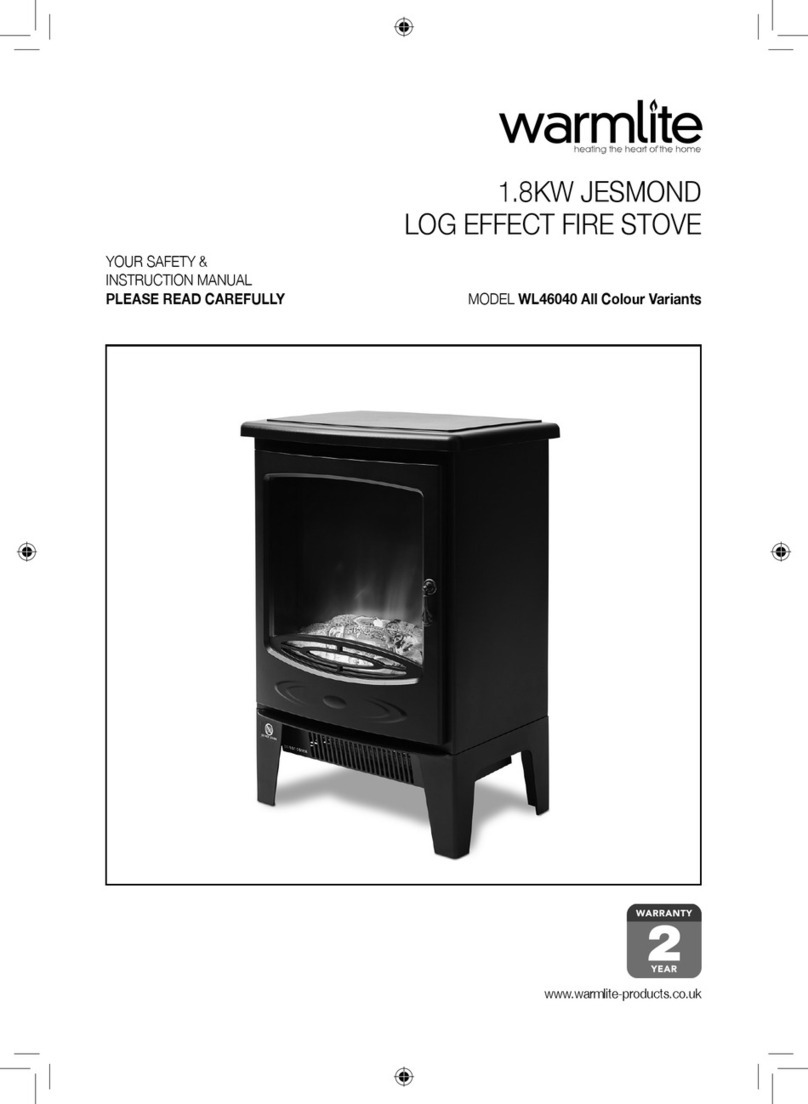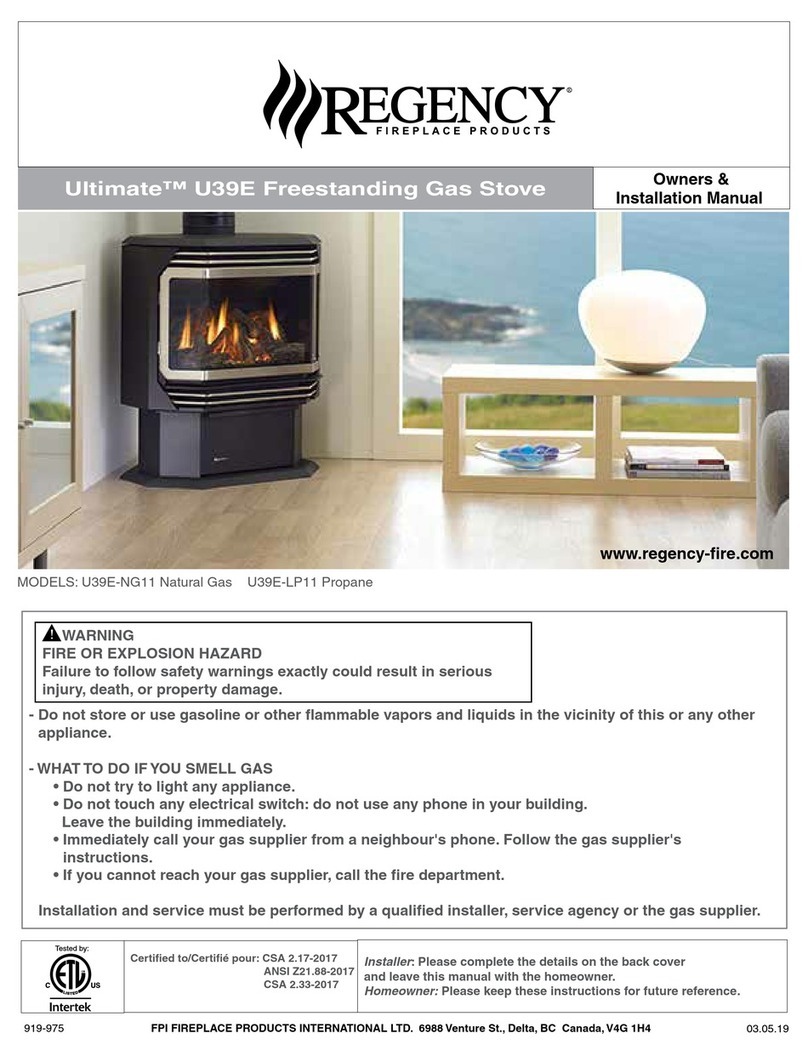New Buck Corporation LITTLE JOHN User manual
Other New Buck Corporation Stove manuals
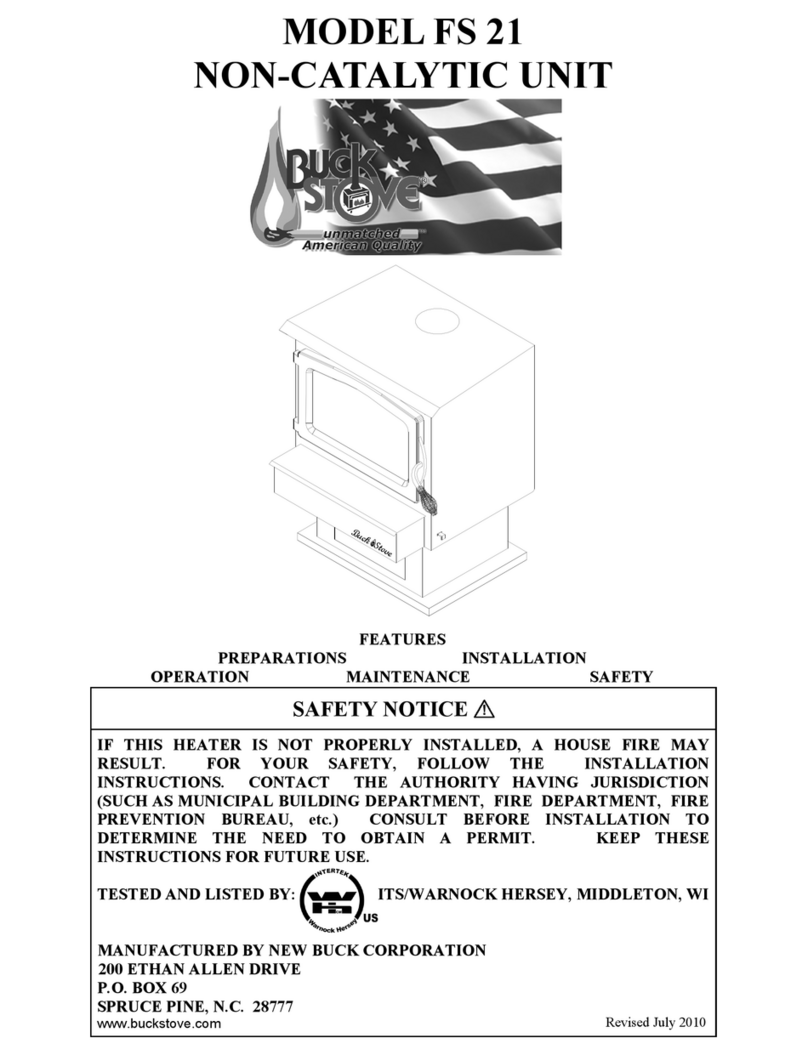
New Buck Corporation
New Buck Corporation FS 21 User manual
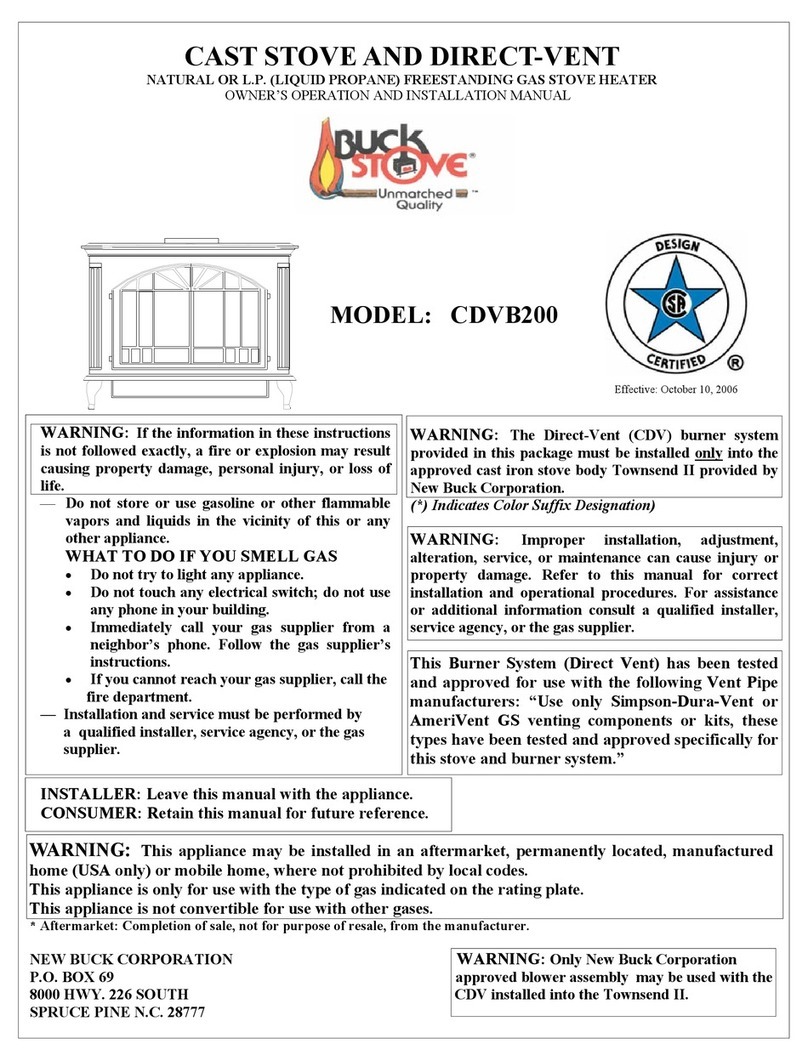
New Buck Corporation
New Buck Corporation CDVB200 Quick start guide
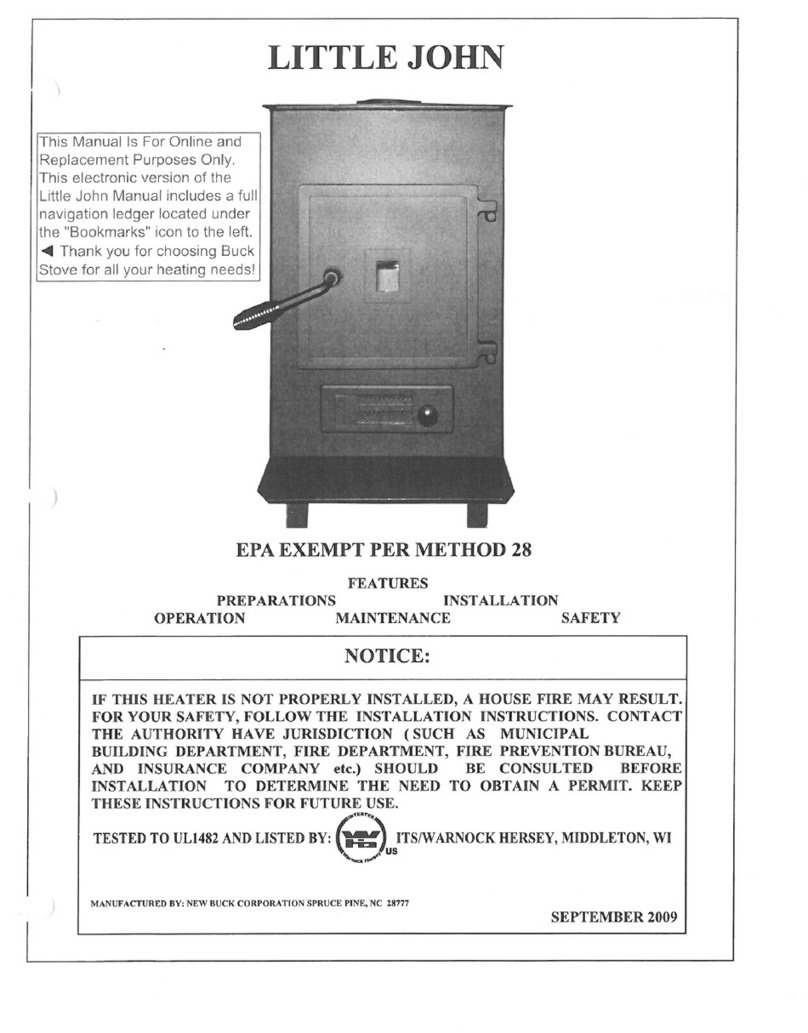
New Buck Corporation
New Buck Corporation LITTLE JOHN User manual
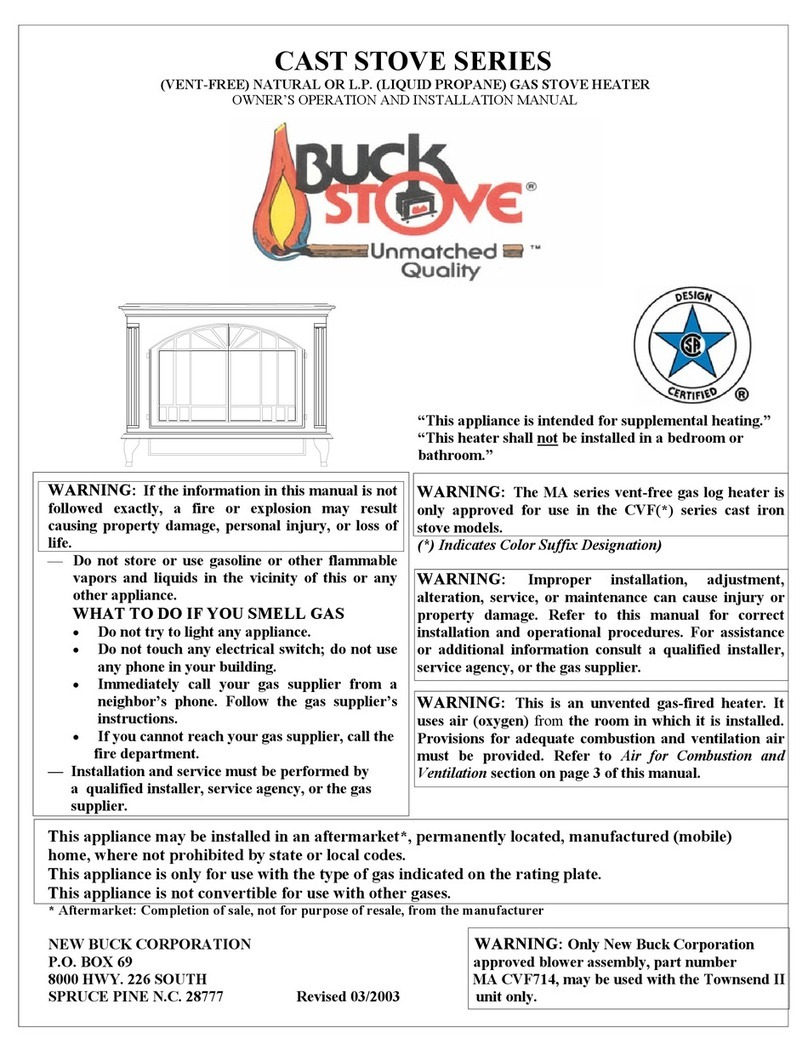
New Buck Corporation
New Buck Corporation GAS STOVE HEATER Quick start guide
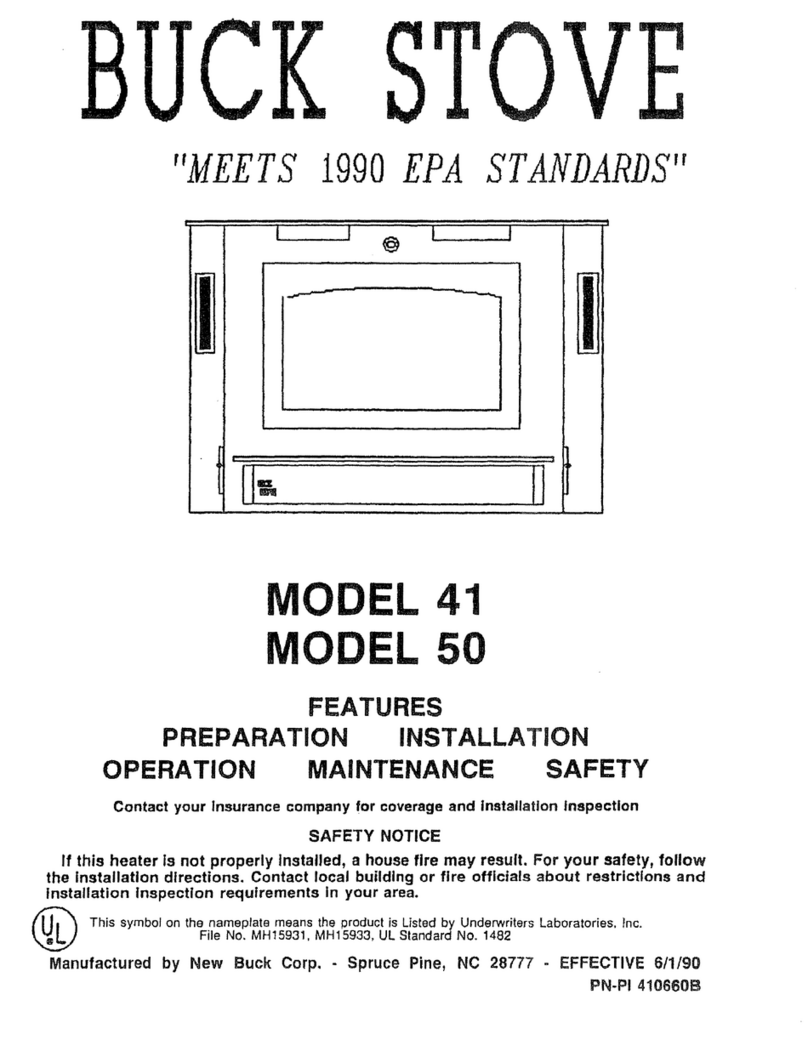
New Buck Corporation
New Buck Corporation 41 User manual
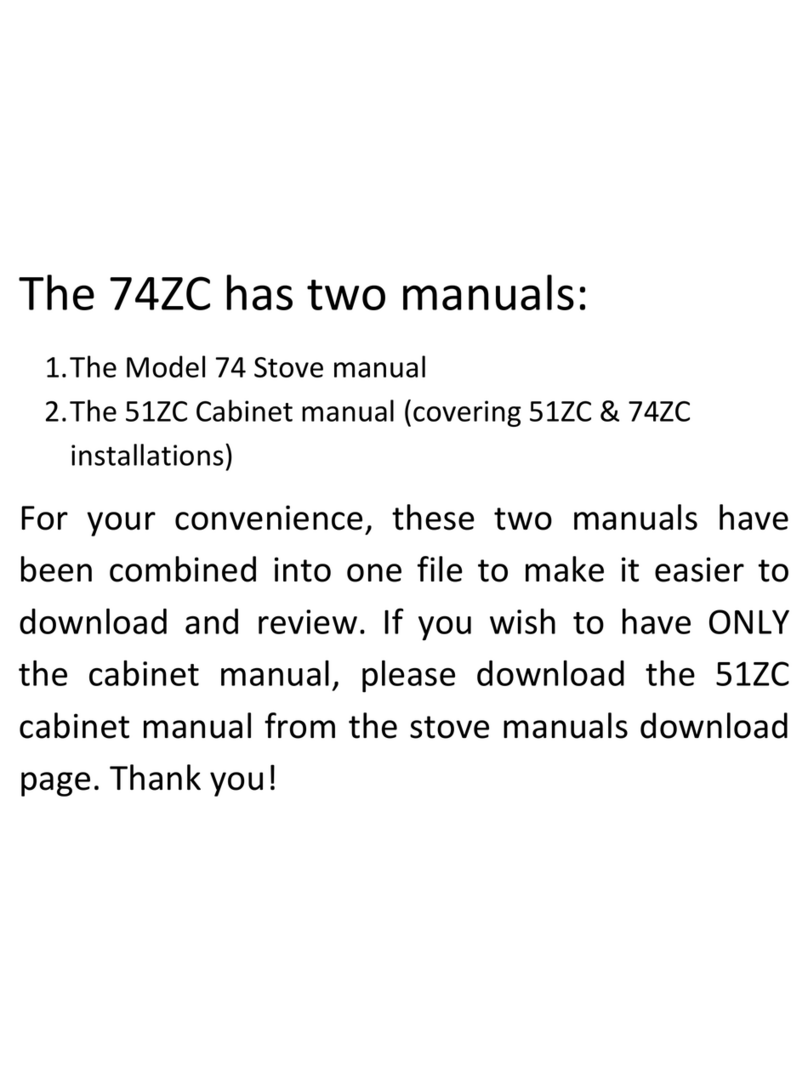
New Buck Corporation
New Buck Corporation 74 User manual
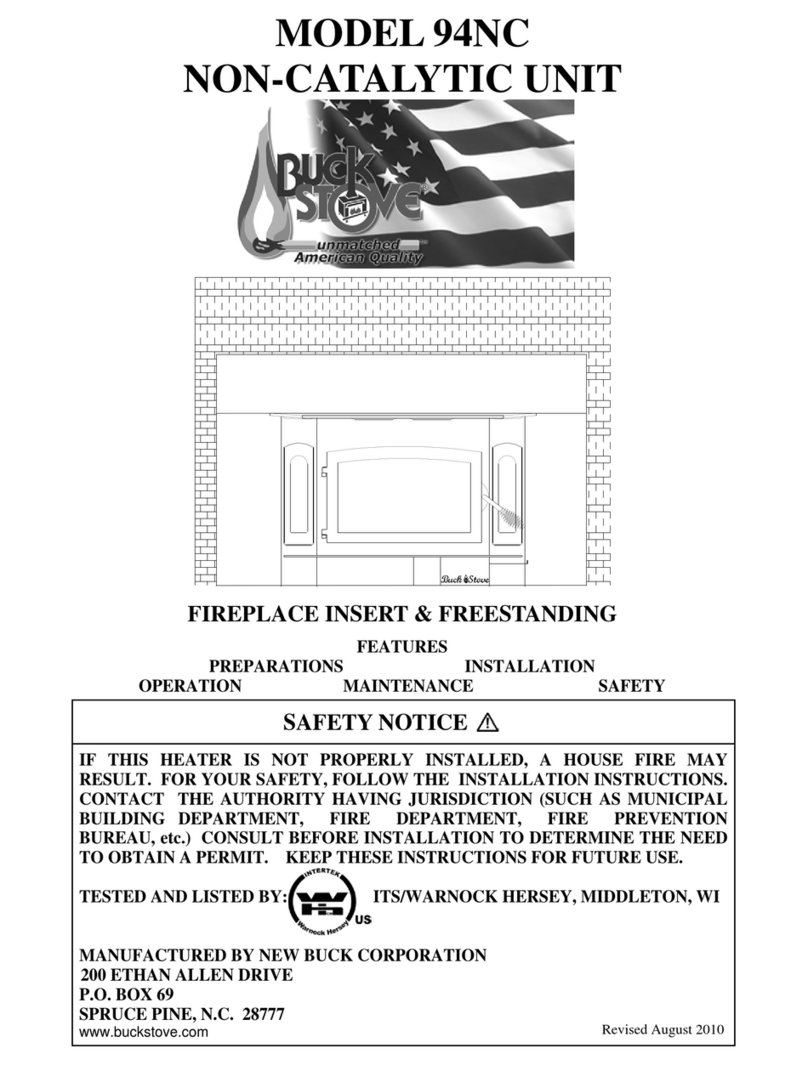
New Buck Corporation
New Buck Corporation 94NC User manual

New Buck Corporation
New Buck Corporation COMBO COAL & WOOD STOVE User manual
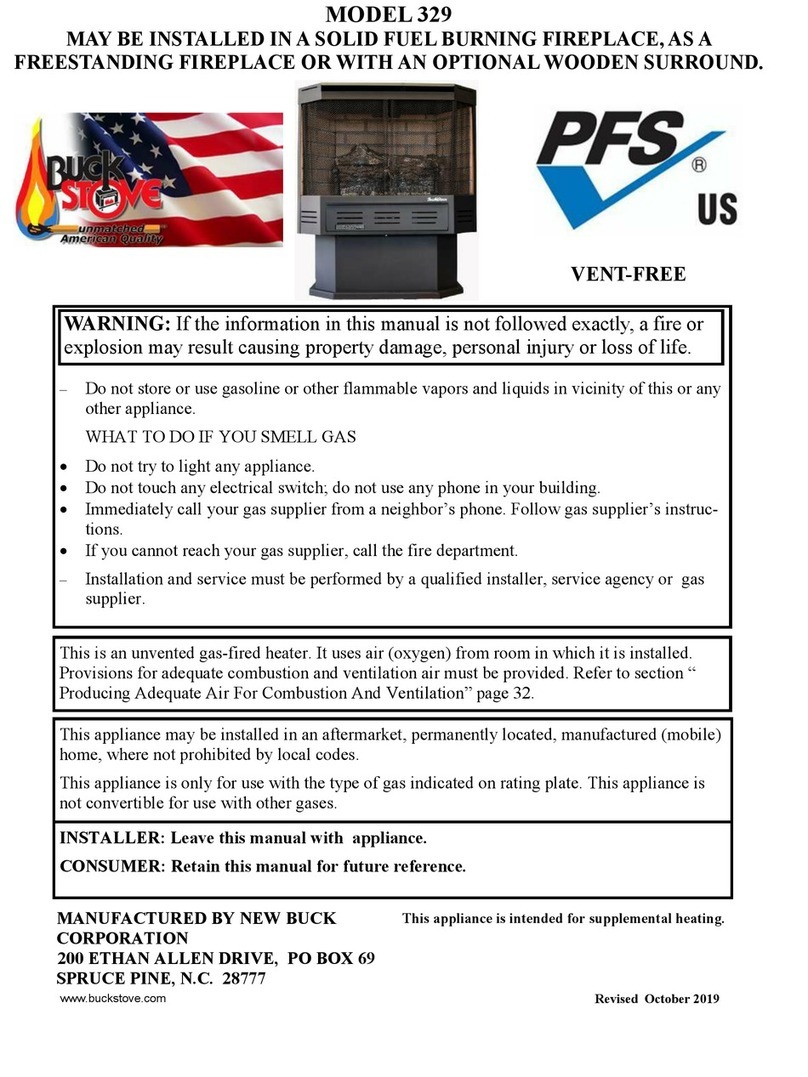
New Buck Corporation
New Buck Corporation 329B User manual
Popular Stove manuals by other brands

Exquisit
Exquisit EKC601-5 Instructions for use and installation

Stanley
Stanley Oisin Oil MK II Installation and operation instruction
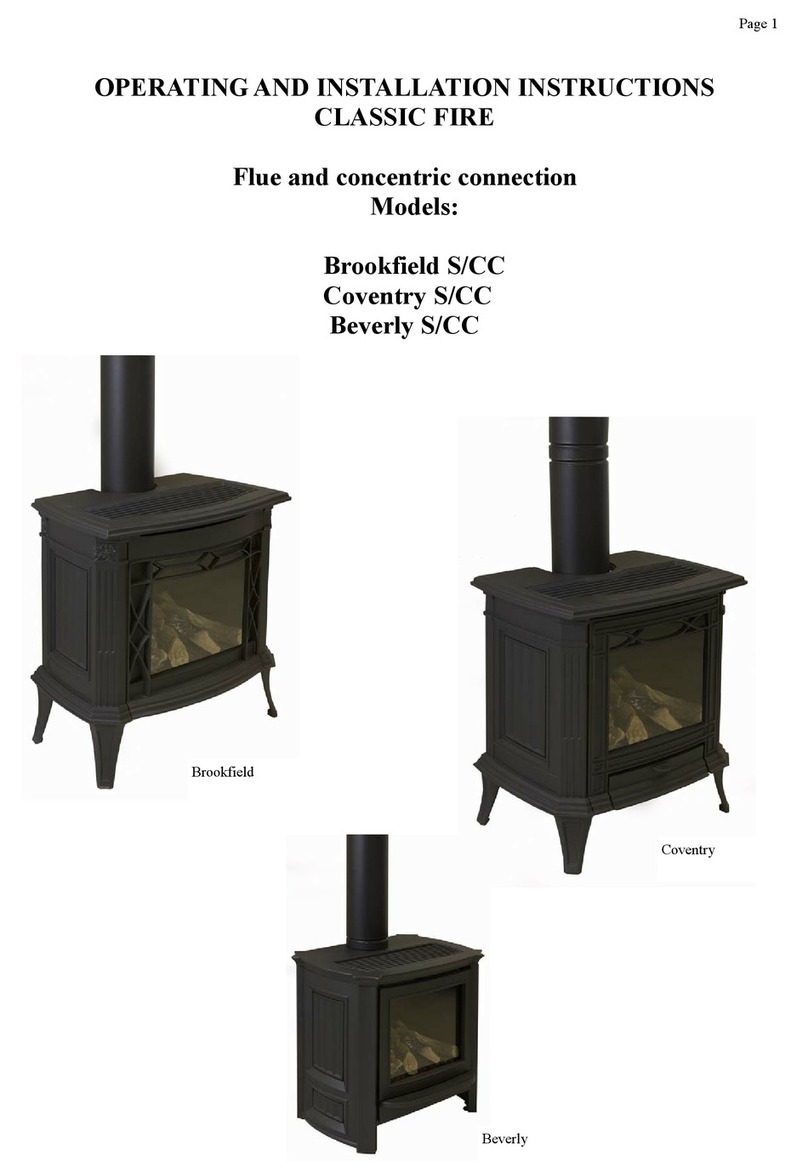
Thermocet
Thermocet Brookfield S/CC Operating and installation instructions

HASE
HASE delhi operating instructions

Vermont Castings
Vermont Castings Intrepid 2 User instructions

Italiana Camini
Italiana Camini CLASSICA Installation, use and maintenance

